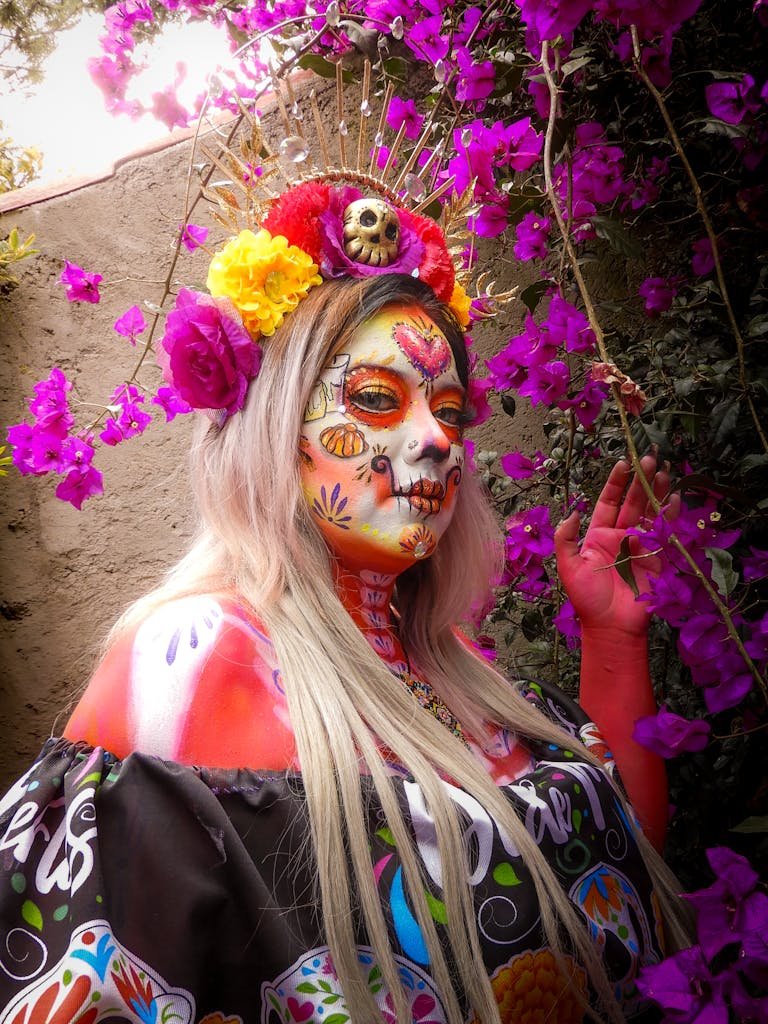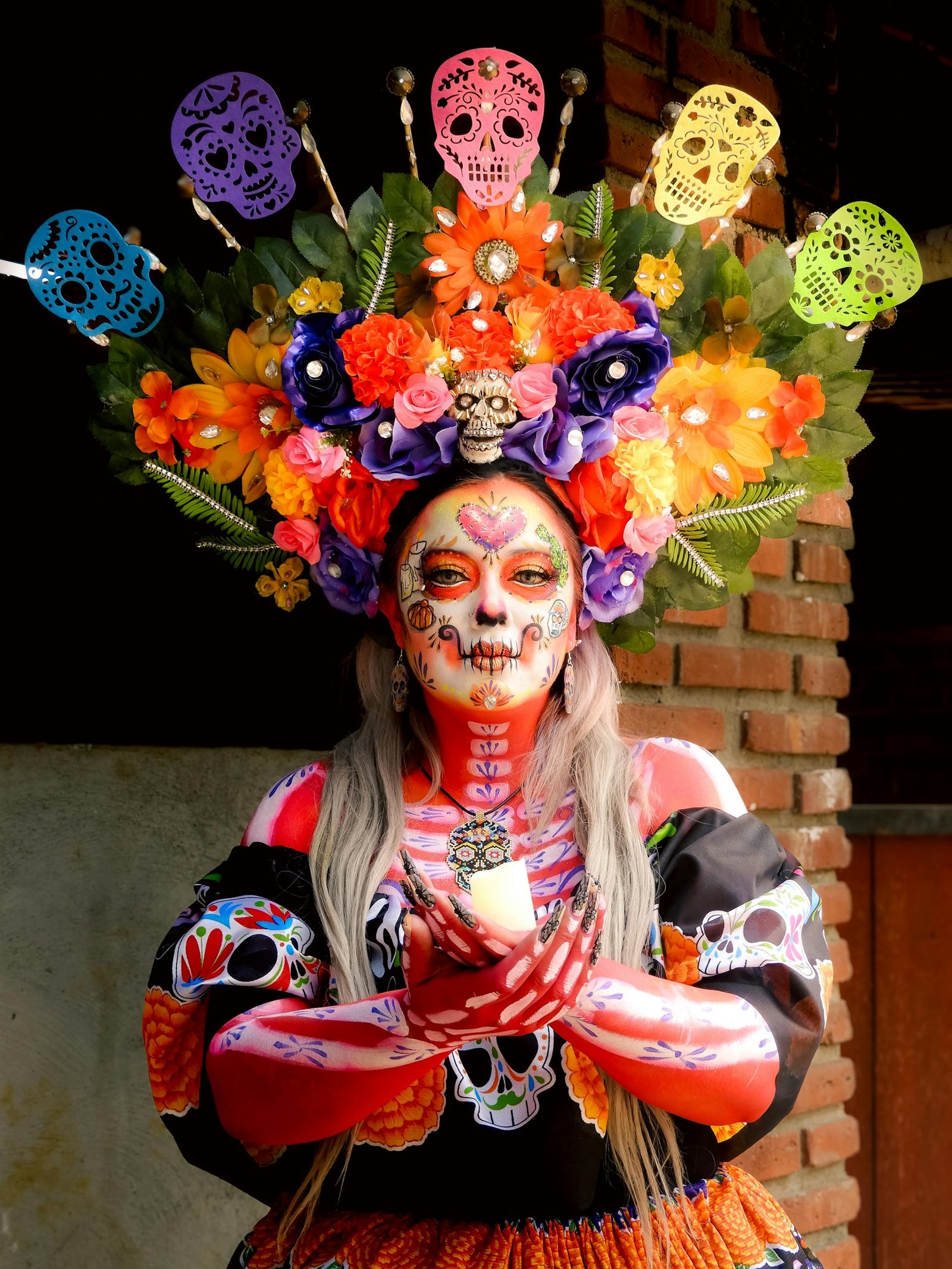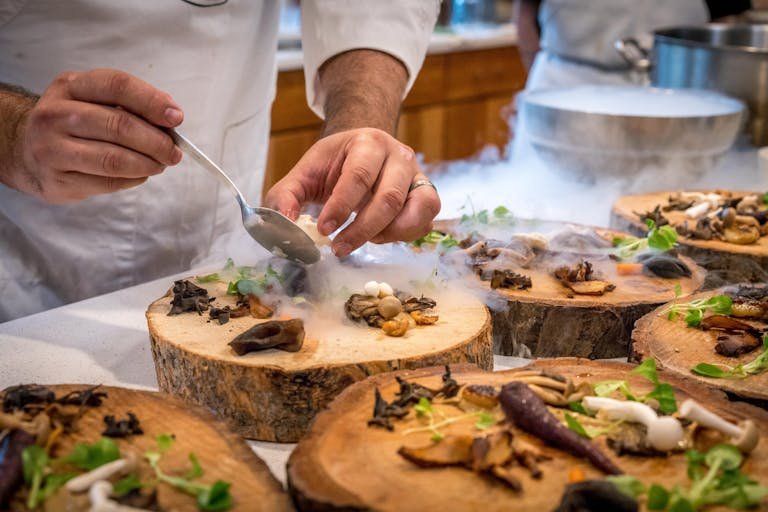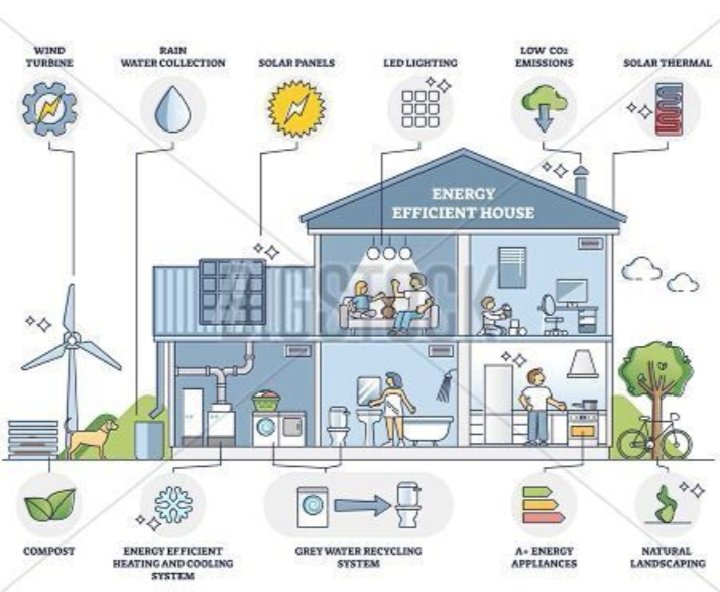The Simple Joy of Ehi Vuoi da Bere: Italy’s Friendly Drink Offer
Hey there, have you ever heard someone say ehi vuoi da bere and wondered what it’s all about? It’s this casual Italian phrase that means hey, do you want a drink? It’s like a warm invitation to grab a coffee or beer with friends. In Italy, saying this is super common at bars or parties. It breaks the ice and makes people feel welcome.
I love how it shows the fun side of Italian life, where sharing a drink is about connecting. This article dives into why this phrase matters, from its roots to how we can use it today. We’ll look at culture, language tips, and even fun ideas for using it in daily life. Stick around, and maybe you’ll want to try saying it yourself next time you’re out with pals. It’s all about keeping things light and friendly, just like the phrase itself.
What Does Ehi Vuoi da Bere Really Mean?
This phrase is straightforward but packs a punch in social settings. Ehi is like our hey, a quick way to grab attention without being too formal. Vuoi comes from the verb to want, asking if you’re up for something. And da bere just means to drink, pointing to any beverage, from water to wine. Together, it’s an easy invite that fits right into casual chats.
In Italy, folks use it at cafes or home gatherings to make everyone feel included. It’s not pushy; it’s friendly. Think about walking into a busy bar in Rome, and the bartender throws this at you with a smile. It turns a simple order into a chat. I’ve seen it spark long talks among strangers. The beauty is in its simplicity—no fancy words needed. It reflects how Italians value relaxed moments over rushed ones. Using this phrase can make your trips to Italy more fun, or even spice up parties back home. It’s all about that human touch in conversations.
Breaking Down the Words One by One
Let’s pick apart each part to understand better. Start with ehi—it’s informal, like calling out to a buddy across the street. No stuffy greetings here. Then vuoi, which is the you-form of wanting something. It’s direct but polite in casual spots. Da bere ties it up, meaning stuff to sip on. Put together, it’s an open door to sharing a moment. In language classes, teachers often use this to show how Italians keep things light. It’s great for beginners because it’s short and useful right away. Try saying it out loud; the rhythm feels natural. Folks learning Italian find it helps build confidence in talking. It’s not just words—it’s a way to join in local vibes.

How It Sounds in Real Life
In everyday talk, this phrase rolls off the tongue smoothly. Imagine a group at a park picnic; someone says it, and suddenly everyone’s grabbing sodas. The tone is key—say it with a grin, and it works magic. In movies or shows about Italy, you’ll hear it during fun scenes. It’s versatile for any drink, not just alcohol. Kids might use it for juice at family events. The sound is upbeat, making people smile back. Practice with friends to get the feel. It’s like adding a bit of Italian flair to your own hangouts.
The Cultural Side of Offering a Drink in Italy
Italy’s all about food and drinks as ways to bond. Ehi vuoi da bere fits right into that world. It’s more than asking; it’s showing care. In small towns, locals use it to welcome visitors, turning tourists into friends. Big cities like Milan buzz with it in trendy spots. It’s tied to traditions like aperitivo hour, where snacks come with drinks. This phrase keeps those customs alive in modern times.
I’ve chatted with Italians who say it’s how they start most evenings out. It cuts through awkwardness fast. In a culture that loves long meals, offering a drink first sets a chill mood. It’s not about getting buzzed; it’s sharing stories over sips. Families pass it down, teaching kids hospitality early. Even in business meets, a casual drink offer softens things. This simple line captures Italy’s heart—warm, open, and full of life. Using it abroad can bring a slice of that joy home.
Why Hospitality Matters So Much There
Hospitality in Italy isn’t just nice; it’s expected. Offering a drink like this shows you’re thoughtful. Homes often have guests over for coffee, starting with this phrase. It’s rooted in history, where villages shared what they had. Today, it builds community in busy lives. Tourists love it because it makes them feel at home. In cafes, waiters use it to keep the vibe friendly. It’s a small act with a big impact on moods. Learning this helps appreciate how Italians connect deeply through simple gestures.
Differences in Regions Across Italy
Italy’s regions tweak this phrase a bit. In the south, like Naples, it’s said with more energy, maybe extra words for warmth. Northern spots like Venice keep it quick and cool. Dialects add flavor—some say bevemo instead. Sicily might mix in local slang. These changes show Italy’s diverse cultures. Traveling there, you’ll notice how accents shift the feel. It’s fun to adapt and try regional versions. This variety keeps the phrase fresh wherever you go.
Learning Italian Through Fun Phrases Like This
Picking up Italian gets easier with phrases like ehi vuoi da bere. It’s practical for real talks, not just textbooks. Apps and classes use it to teach basics fast. Start by repeating it in mirrors, then with friends. It builds vocab around food and social stuff. I’ve found it opens doors to more words, like types of drinks. Role-play scenarios make learning stick.
Imagine ordering at a gelato shop—bam, you’re using it. It’s motivating because you see quick results in chats. Beginners love how it boosts confidence without complex grammar. Mix it with listening to Italian songs or podcasts. Over time, it leads to fuller sentences. This approach turns study into play. Share it in group lessons for laughs. It’s a gateway to loving the language.
Using the Phrase in Marketing and Ads
Brands can have fun with ehi vuoi da bere in campaigns. Beverage companies use it to seem approachable. Picture a soda ad where friends say it at a beach party. It taps into that Italian charm for global appeal. Social media posts with this phrase get shares because they’re relatable. Coffee shops print it on cups for a cultural twist. It’s smart for targeting young crowds who want fun vibes. Events like pop-ups invite people with this line. It humanizes brands, making them feel like pals. Track engagement to see it work. Adapt for non-Italian markets by explaining the meaning. This builds loyalty through shared feelings.
Ideas for Drink Brand Campaigns
For drink brands, start with short videos showing real people using the phrase. Partner with Italian influencers for authenticity. Hashtags like #EhiVuoiDaBere boost visibility. Tie it to summer events or holidays. Use billboards with smiling faces and the words. Measure success by sales spikes. Keep messages light to avoid seeming forced. This creates buzz and memorable ads.
Making It Work on Social Media
On platforms like Instagram, post stories with the phrase overlayed on drink pics. Encourage users to tag friends. TikTok dances around it go viral. Run contests where folks share their versions. Analyze likes and comments for feedback. It’s easy to adapt for different audiences. This turns a simple phrase into online fun.

Creative Ways to Use Ehi Vuoi da Bere in Stories and Art
Writers and artists love this phrase for its spark. In short stories, it starts adventures—like two strangers meeting at a festival. Scripts for plays use it to show character bonds. Draw comics where it’s the punchline. I’ve sketched scenes with it for fun. Musicians could weave it into lyrics about friendship. Crafts like custom mugs with the words make great gifts. It’s versatile for creative minds. Host workshops teaching it through art. This keeps the phrase alive in new forms.
Who Loves This Phrase the Most?
Young folks learning languages dig it first. Tourists heading to Italy grab it for quick use. Party planners use it to set moods. Marketers target fun-loving crowds. Families teach it for cultural ties. Its broad appeal comes from simplicity. Even non-Italians enjoy the exotic feel. Groups like expats share it in meetups. This phrase crosses ages and backgrounds easily.
Best Audiences for Language Learners
Beginners in Italian classes thrive with it. It’s short, so no overwhelm. Apps feature it in daily lessons. Travelers pack it for trips. Kids learn through games. Adults use it in convo clubs. Feedback shows it sticks fast. This makes learning feel achievable and fun.
How Businesses Can Target Fans
Restaurants add it to menus for charm. Bars train staff to say it. Online shops sell merchandise with the phrase. Target ads to culture buffs. Events draw crowds with themed nights. Track who engages most. This builds a loyal base over time.
Putting It into Practice Every Day
Start small—say it at home parties. Teach friends for group fun. In travel, use it at local spots. Track how it changes interactions. Adjust tone based on responses. Make habits like weekly drink meets. Share stories online. This turns words into actions seamlessly.
Challenges and How to Overcome Them
Mispronouncing it can confuse folks. Practice with audio clips. Cultural gaps might make it seem odd elsewhere—explain first. Shy people hesitate; start with close pals. Busy lives limit use—plan casual meets. Overuse bores; mix with other phrases. Solutions keep it fresh and effective.
Dealing with Pronunciation Issues
The ehi is like ay, vuoi as vwoy, da bere like da beh-reh. Record yourself. Apps give feedback. Listen to natives on YouTube. Practice daily. Join language exchanges. Soon, it flows naturally without effort.
Handling Cultural Misunderstandings
Some cultures see drink offers as forward. Clarify it’s friendly. Share backstory. In dry areas, suggest non-alcohol. Adapt to settings. Education eases worries. This respects differences while sharing joy.
Wrapping Up the Magic of This Phrase
Ehi vuoi da bere is more than words—it’s a bridge to good times. From Italy’s streets to your backyard, it brings smiles. We’ve covered meanings, culture, learning, and more. Try it out; see the difference. Keep things simple, and connections follow.
FAQs About Ehi Vuoi da Bere
1. What does ehi vuoi da bere mean?
It’s an Italian phrase that translates to Hey, do you want a drink? in English. It’s a casual, friendly way to offer someone a beverage, like coffee, water, or wine, in social settings like bars, cafes, or parties. It’s all about making people feel welcome and sparking conversation.
2. When do Italians use this phrase?
It’s common in informal situations, like hanging out with friends, meeting at a café, or during aperitivo hour (Italy’s happy hour with drinks and snacks). You’ll hear it in bars, at home gatherings, or even at casual events. It’s a quick way to break the ice and show hospitality.
3. Is ehi vuoi da bere formal or informal?
It’s super informal! The word ehi is like saying hey, so it’s best used with friends, peers, or in relaxed settings. For formal situations, Italians might say something like Vorresti qualcosa da bere? which is more polite and proper.
4. How do you pronounce ehi vuoi da bere?
Say it like this: ay vwoy da beh-reh. Break it down: ehi sounds like ay, vuoi is like vwoy, and da bere is da beh-reh with a soft roll on the r. Practice with Italian audio clips or apps to get the flow right. It’s easier than it looks!
5. Can I use this phrase if I’m not in Italy?
Absolutely! It’s a fun way to bring Italian flair to your own gatherings, like offering drinks at a party. Just explain it’s an Italian phrase if your friends aren’t familiar. It works great in language classes, travel meetups, or even as a quirky line at a local bar.
6. Is this phrase only for alcoholic drinks?
Nope! It covers any drink—water, soda, coffee, juice, or wine. In Italy, it’s used for all kinds of beverages, depending on the setting. For example, kids might hear it for juice at a family event, while adults might get it for a beer at a bar.
7. How can I learn to use this phrase confidently?
Start by practicing the pronunciation alone or with friends. Use language apps like Duolingo or watch Italian YouTube videos to hear natives say it. Try it in role-play scenarios, like pretending to order at a café. The more you say it, the more natural it feels.
8. Why is this phrase important in Italian culture?
It’s tied to Italy’s love for hospitality. Offering a drink is a way to connect, whether with friends or strangers. It reflects the Italian vibe of enjoying life’s simple moments, like chatting over coffee. It’s a small gesture that builds community and warmth.
9. Can businesses use ehi vuoi da bere in marketing?
Yes, it’s great for brands! Beverage companies, cafes, or bars can use it in ads to seem friendly and relatable. Think social media posts with #EhiVuoiDaBere or menus with the phrase for an Italian touch. It’s perfect for targeting young, fun-loving audiences.
10. Are there regional differences in how this phrase is used?
Sort of! In southern Italy, like Naples, it might sound more lively with extra flair. In northern cities like Milan, it’s often quick and cool. Some regions use local slang, like bevemo in dialects. The core idea stays the same, but accents and energy vary.
11. What if someone misunderstands the phrase?
In some cultures, offering a drink might seem too forward. To avoid confusion, explain it’s a friendly Italian custom. If alcohol’s a concern, clarify it can mean any drink. Sharing the phrase’s cultural background helps people appreciate its welcoming vibe.
12. How can I use this phrase in creative projects?
Writers can start stories with it, like a scene in a bustling Italian bar. Artists can draw comics or design mugs with the phrase. Musicians might add it to song lyrics about friendship. It’s a fun spark for videos, skits, or even social media challenges.






